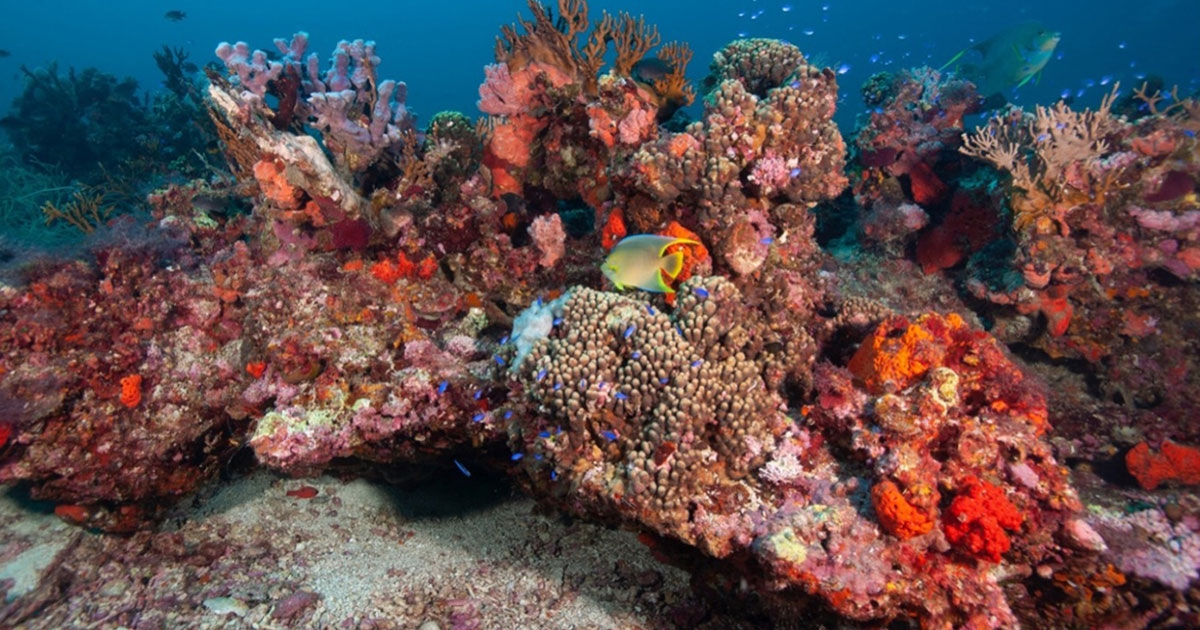
CSA Contributes to BOEM’s Q1 2022 Environmental Studies Program (ESP) Report
The Bureau of Ocean Energy Management (BOEM) recently published its Q1 2022 Environmental Studies Program (ESP) report, which documents four projects in total, two of which were delivered by CSA Ocean Sciences Inc. (CSA). These studies are used to inform BOEM’s policy decisions on the development of energy and mineral resources on the Outer Continental Shelf (OCS).
Each quarterly report is posted to BOEM’s Environmental Studies Program Information System (ESPIS), a public access online archive of more than 1,400 BOEM-sponsored environmental research projects and more than 3,700 individual reports.
BOEM’s Q1 2022 EPS report—complete with descriptions of each study's purpose, findings, and likely policy implications—covers a range of topics, including passive acoustic monitoring (PAM); economic benefits of coastal ocean observing system; and sensitive hard-bottom habitat in the Gulf of Mexico (GOM).
Project 1: Optimizing Towed Array Design and Performance
PAM, which uses towed hydrophone arrays, is widely regarded as the most effective means of locating marine mammals and ensuring that they remain outside exclusion zones during offshore development activities, such as offshore wind infrastructure builds. To date, there are limited data to assess the localization accuracy of towed PAM array configurations that are typically used by industry.
The objective of this study was to develop an algorithm and user interface that would enable BOEM personnel to input proposed array specifications and determine the theoretical localization capability for low-, mid-, and high frequency whales within three miles of the array. The results of this study will help BOEM determine how effective the localizing abilities of towed PAM arrays are for the various marine mammal species that occur within offshore wind energy areas in the Atlantic Ocean.
CSA scientists developed and documented a numerical model for simulating the localization performance of a three- or four-hydrophone towed PAM array on multiple species clusters, along with some representative simulations of a 200-m aperture array for whale species of high interest—sperm whale (Physeter macrocephalus), North Atlantic Right Whale (Eubalaena glacialis), and beaked whales (family, Ziphiidae).
Array position uncertainty had the largest impact on performance, according to the model. This uncertainty was likely caused by the BOEM-specified noise levels being too low because they were derived for measurements from a stationary platform far from vessel noise.
In consultation with BOEM, CSA scientists will continue exploring example background noise profiles from actual PAM operations to determine when background noise levels become a determining factor for PAM array performance.
Project 2: Mapping Sensitive Hardbottom Habitats in the GOM
Bottom-disturbing exploration activities can have impacts on benthic communities—animals and plants that live on or in the seabed. The GOM seafloor, while mostly made up of soft sediments, does also have hardbottom communities scattered across the region that are high in biodiversity and biomass, which are sensitive to disturbance. These areas are rich in corals and other encrusting organisms, which provide shelter and food to other invertebrates and fish species. While BOEM maintains a database of shallow water, hardbottom locations, this information requires continual updating.
Therefore, this study was designed to identify and document the location of sensitive, hardbottom habitats in shallow, Federal waters of the GOM OCS, for which CSA reviewed 237 individual seafloor surveys and examined a total of 846 OCS lease blocks. Overall, hardbottom was present or potentially present in 50% of the lease blocks reviewed. BOEM will now use the results of this study to update its internal GIS mapping products and other materials used to guide policy for hardbottom habitats found in the GOM.
For access to BOEM’s ESPIS, click here.
Corporate Headquarters
8502 SW Kansas Ave.
Stuart, FL 34997

